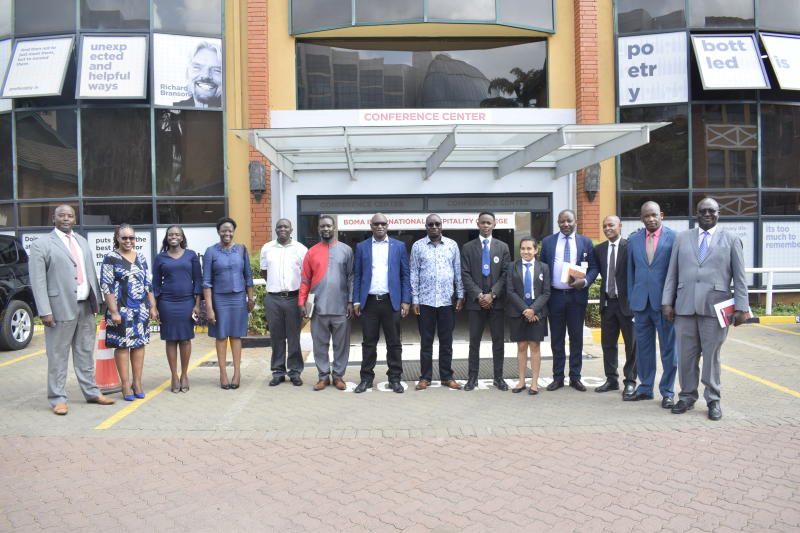×
The Standard e-Paper
Smart Minds Choose Us

Team that represented Kenya at the WorldSkills Competition in Namibia, Swakopmund. [Courtesy]
Over 100 young people battled it out in 16 skills areas during the WorldSkills Africa Swakopmund (2022).